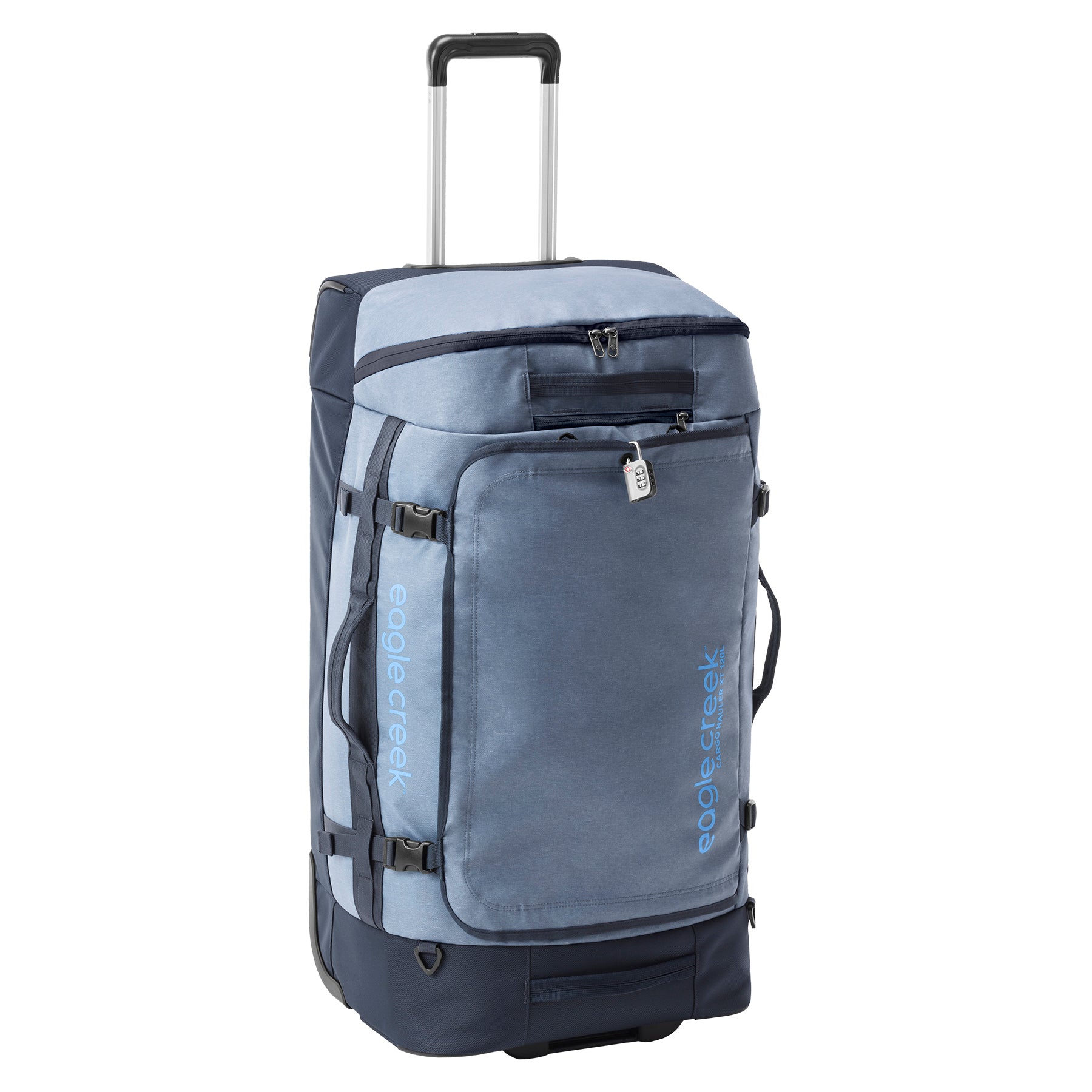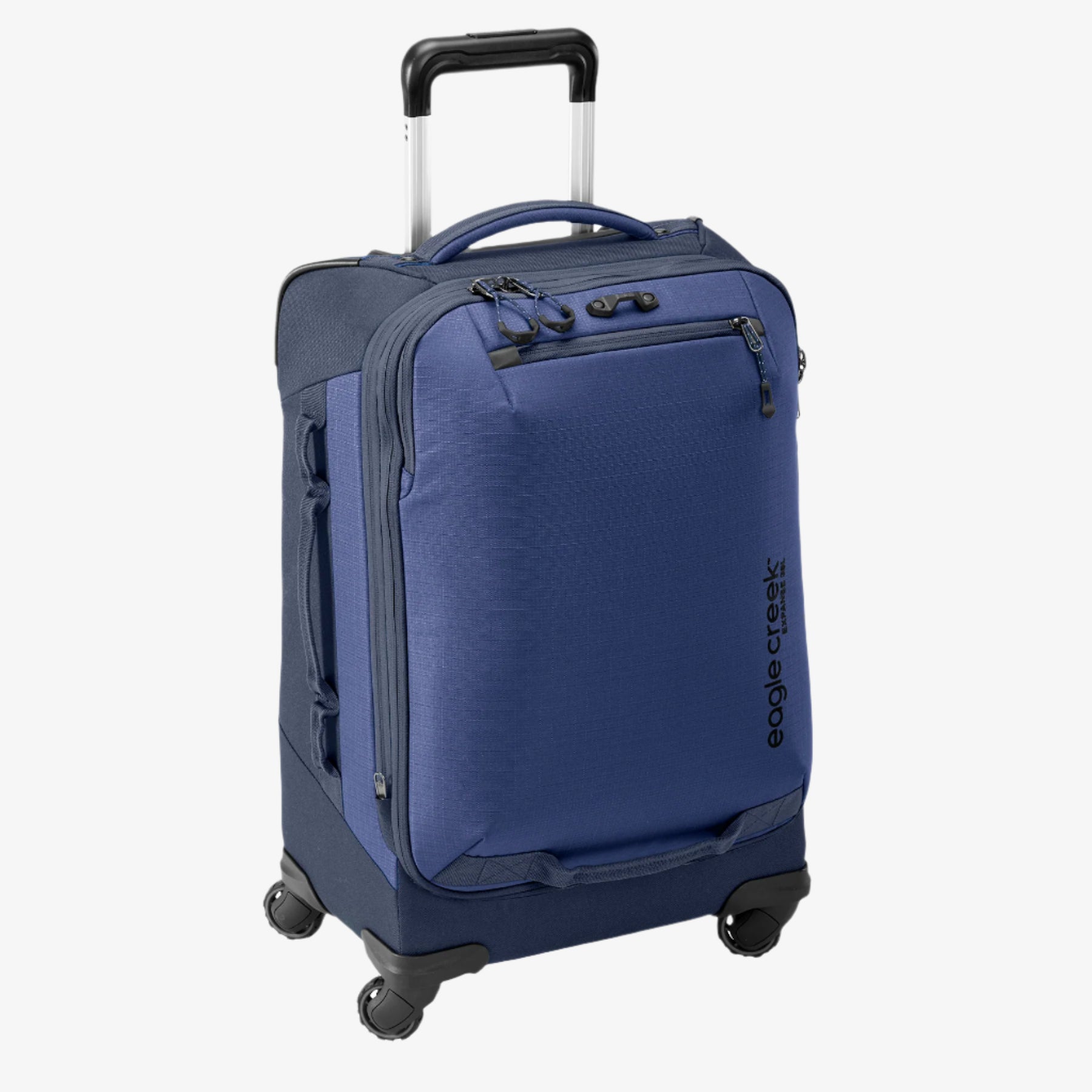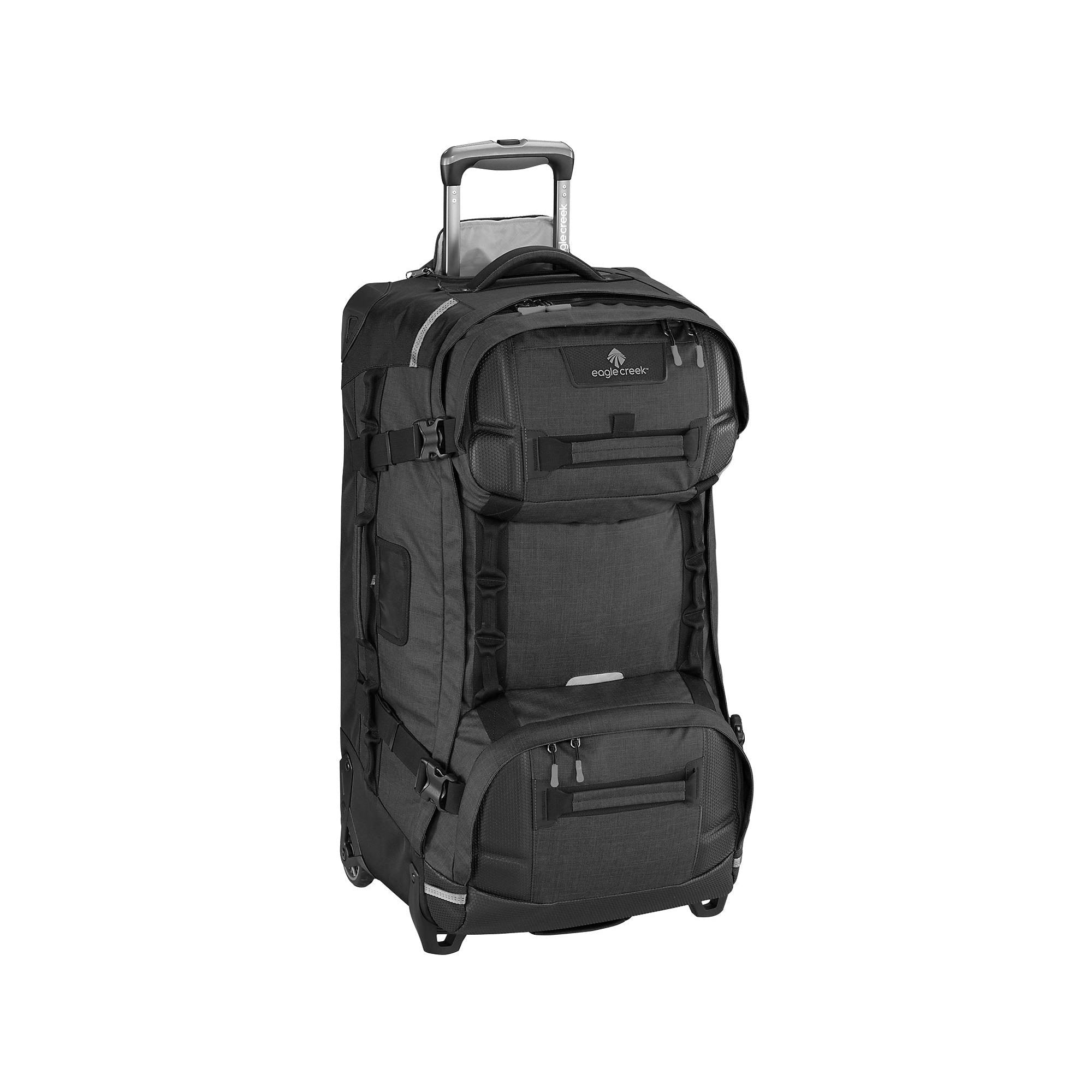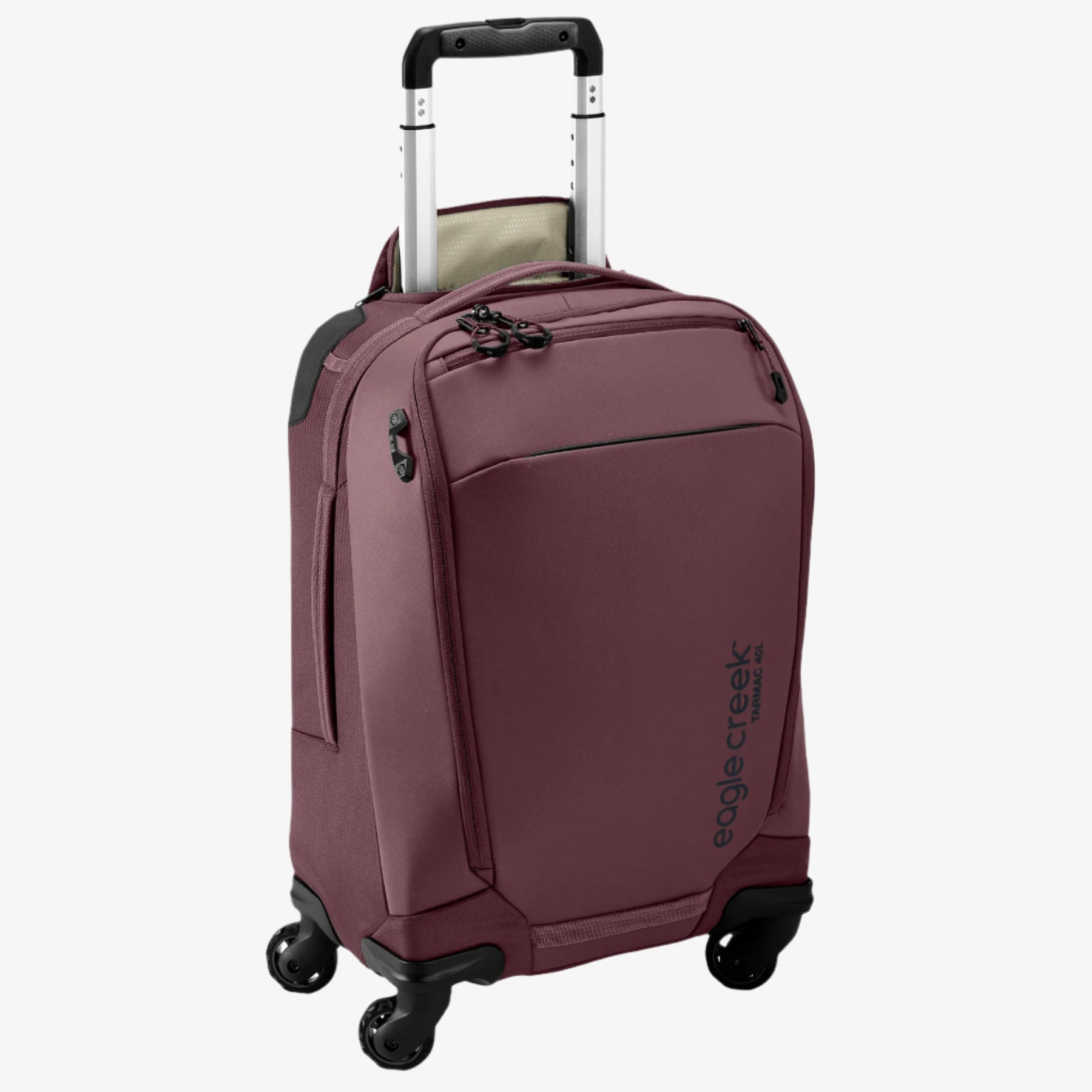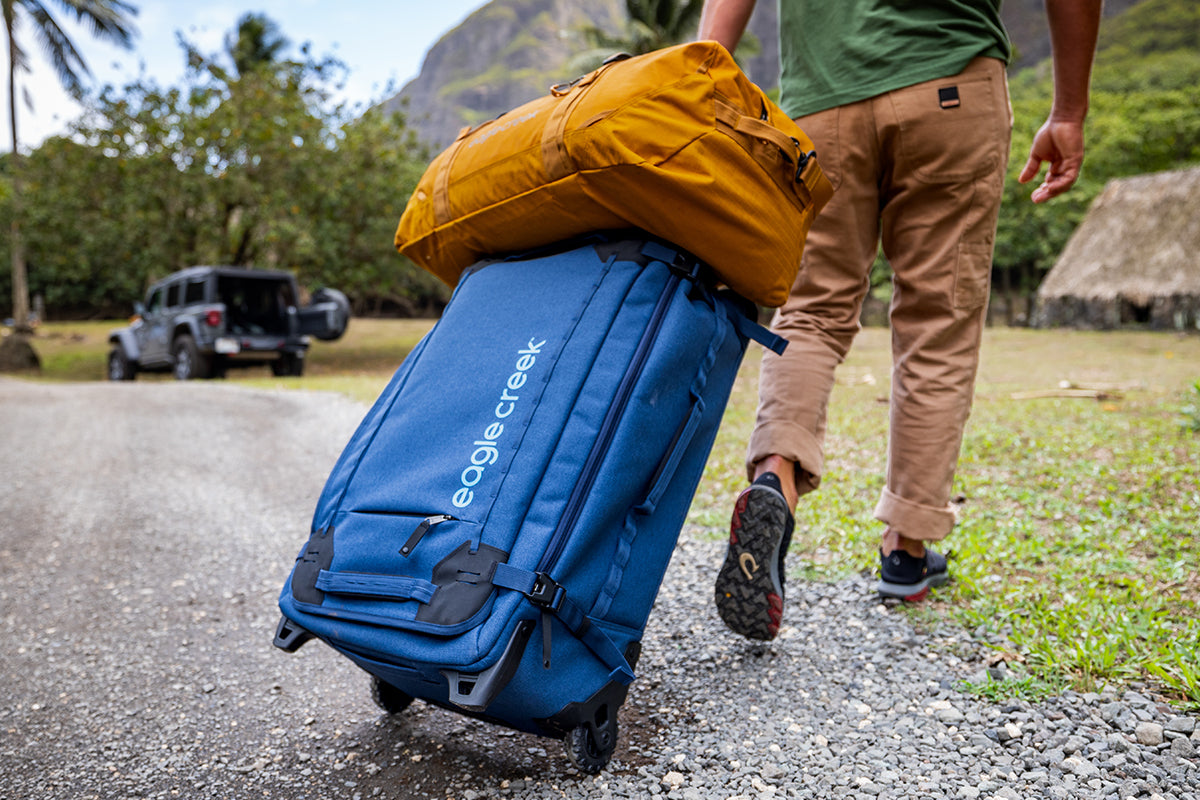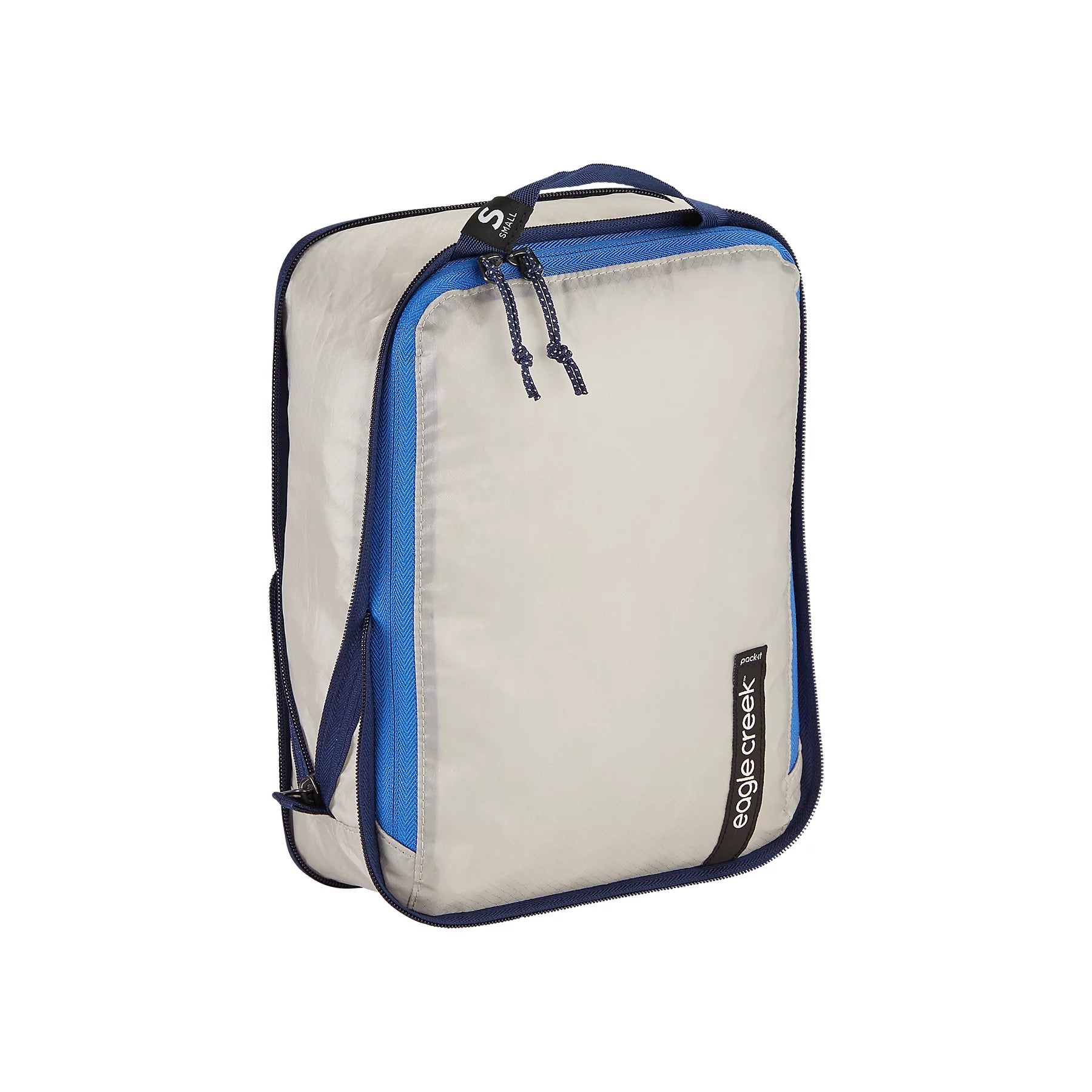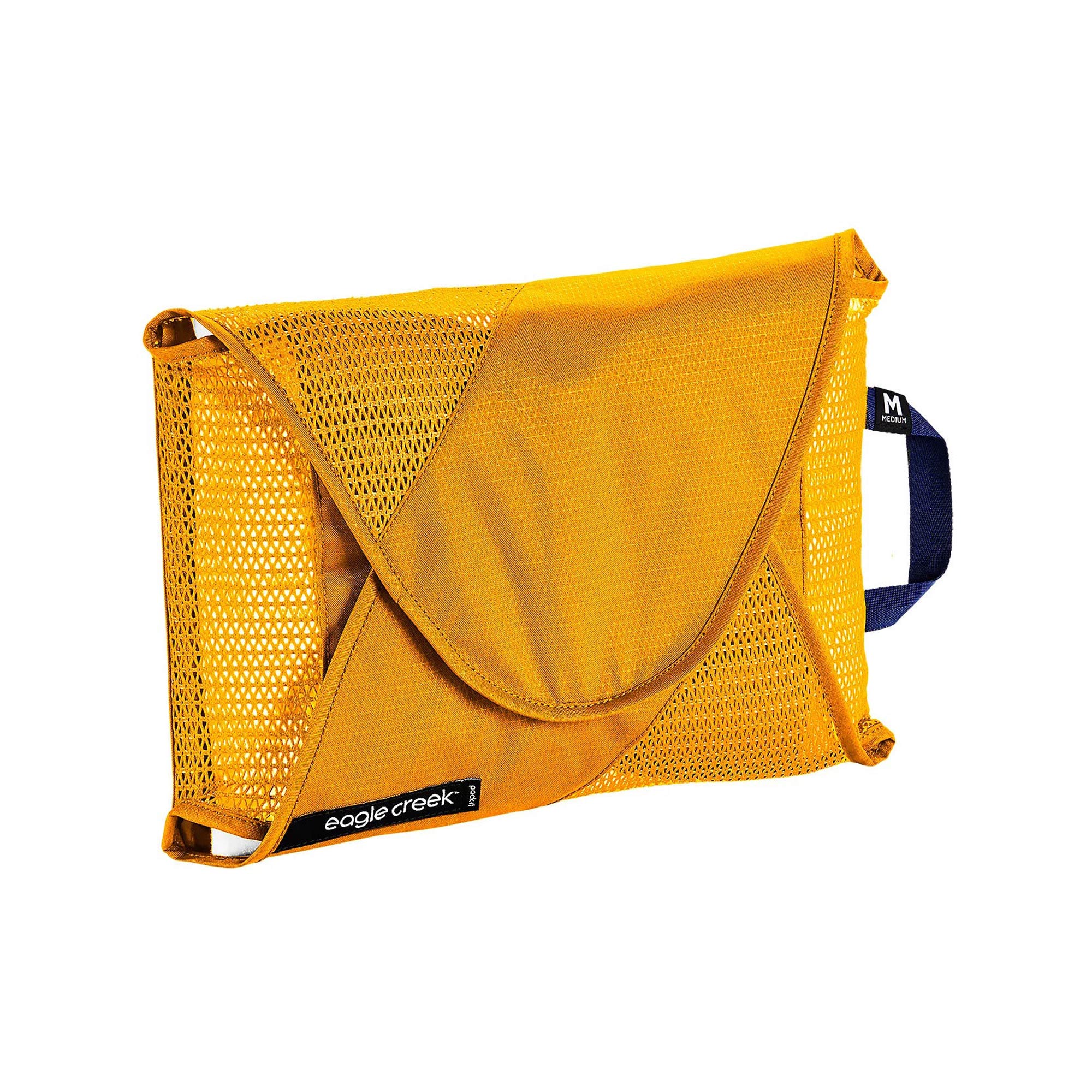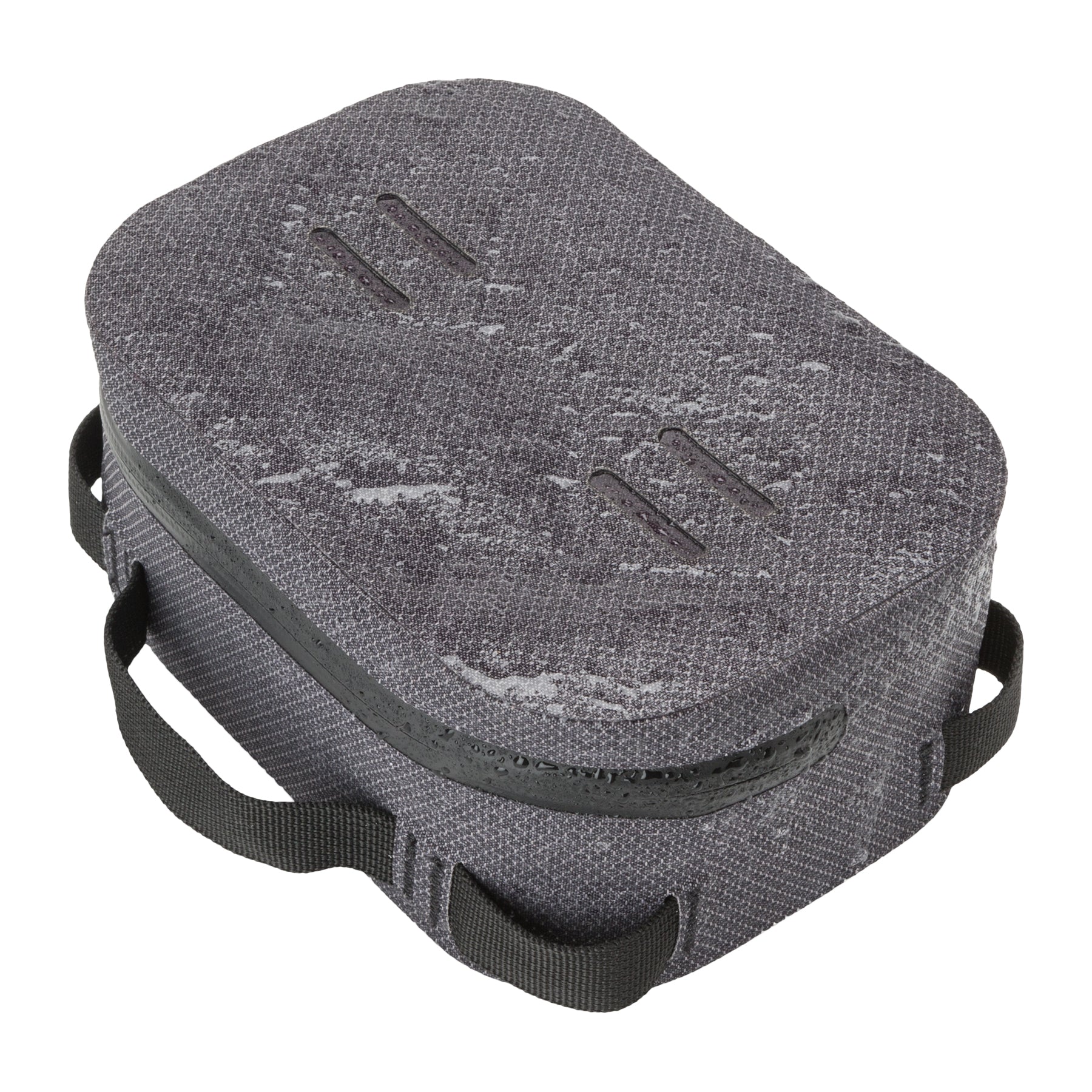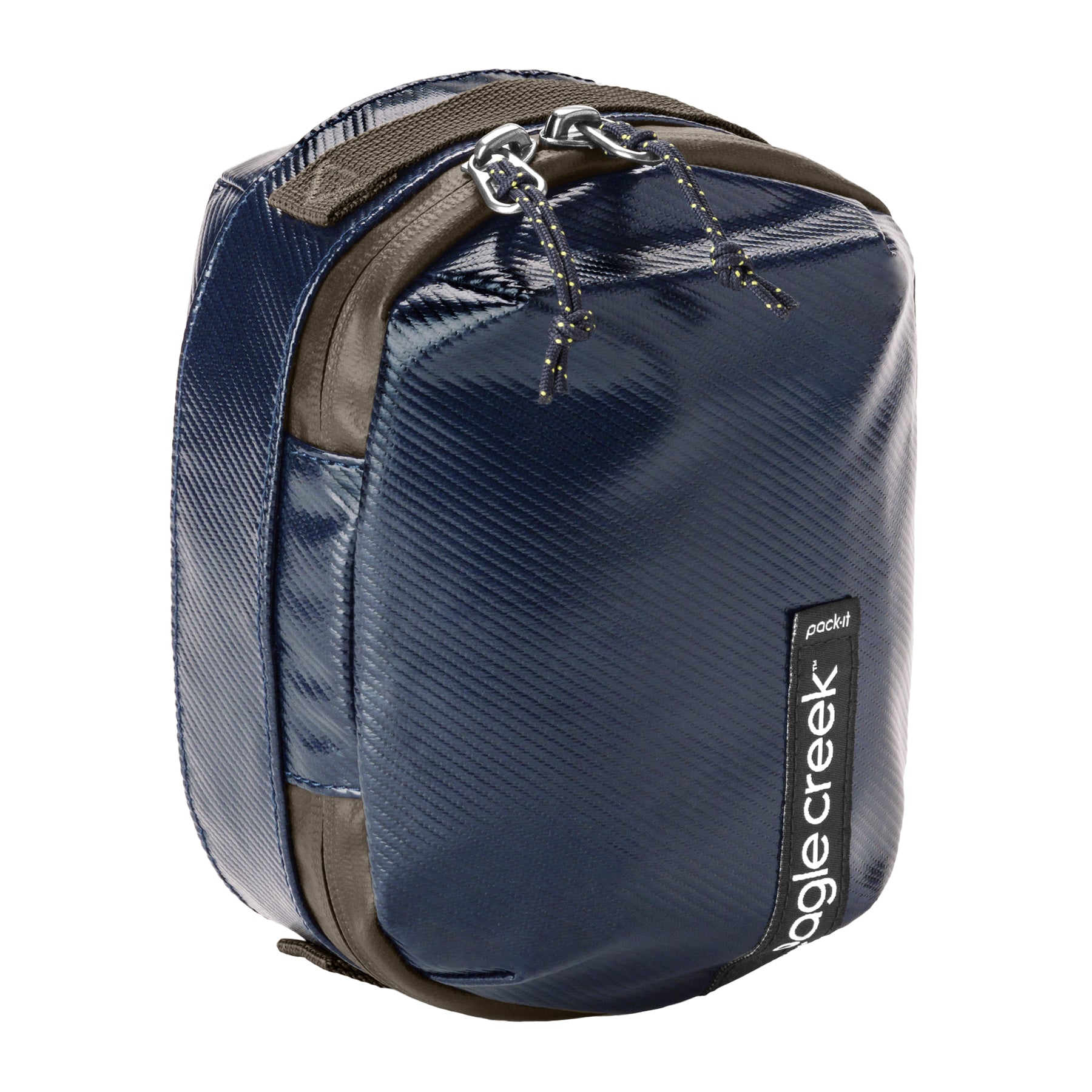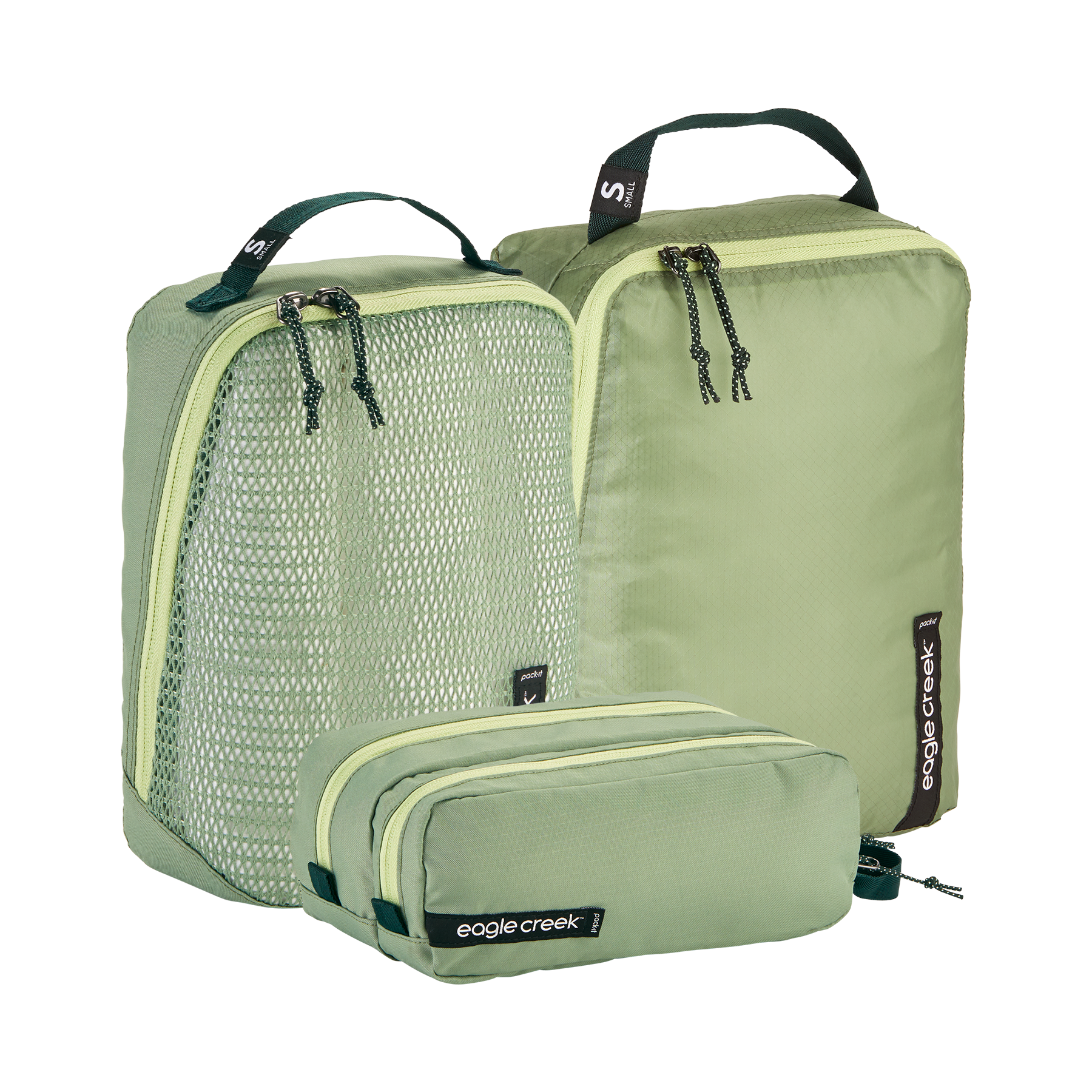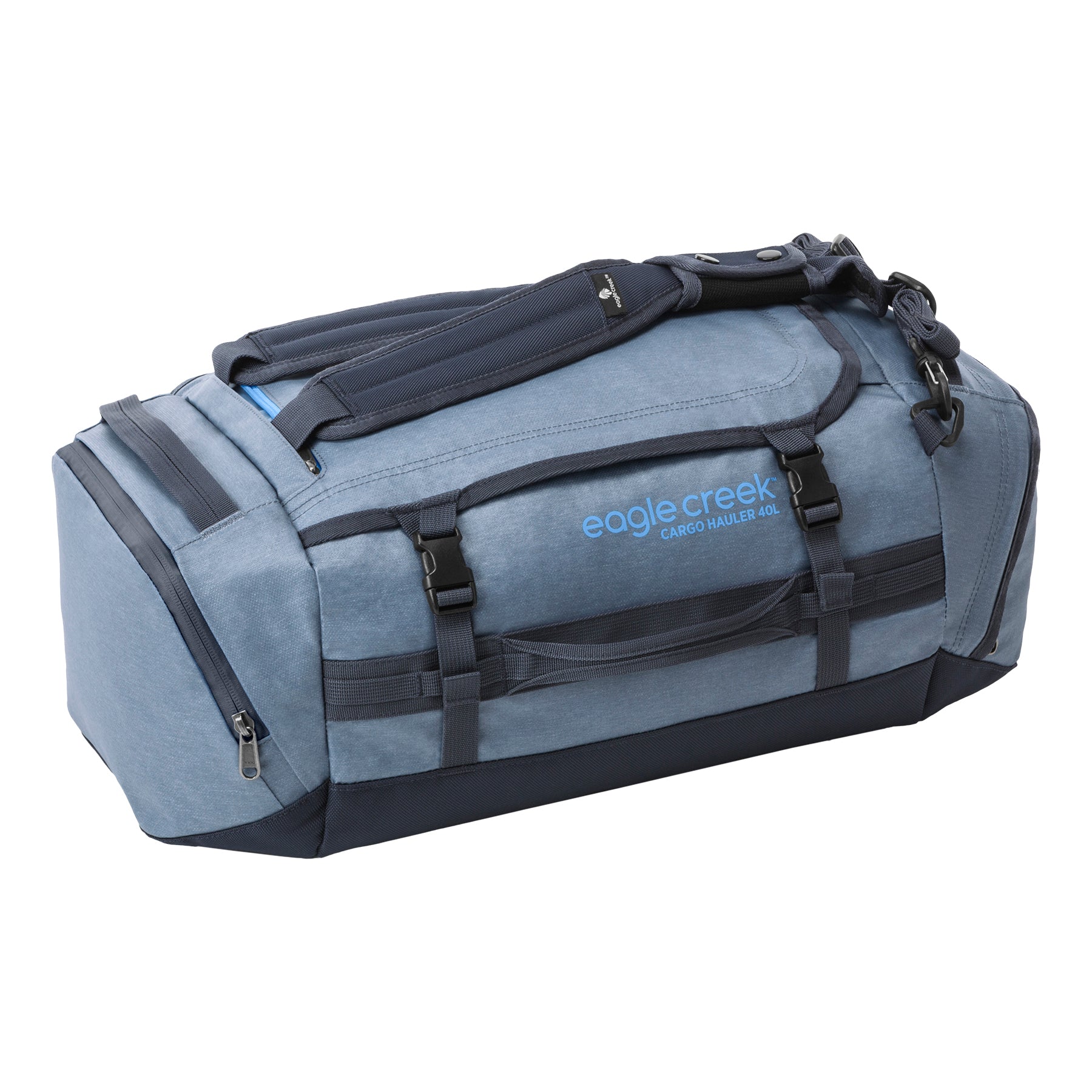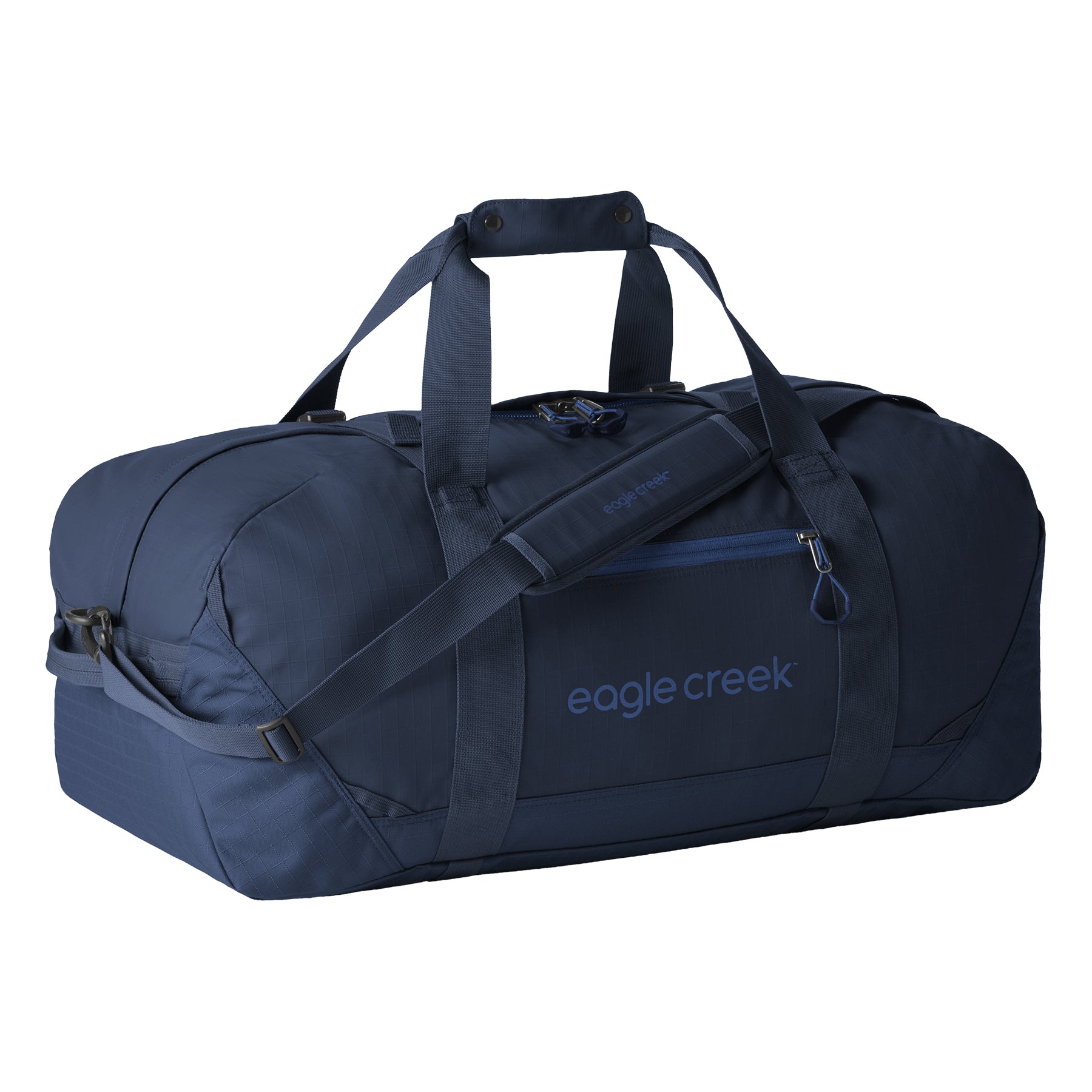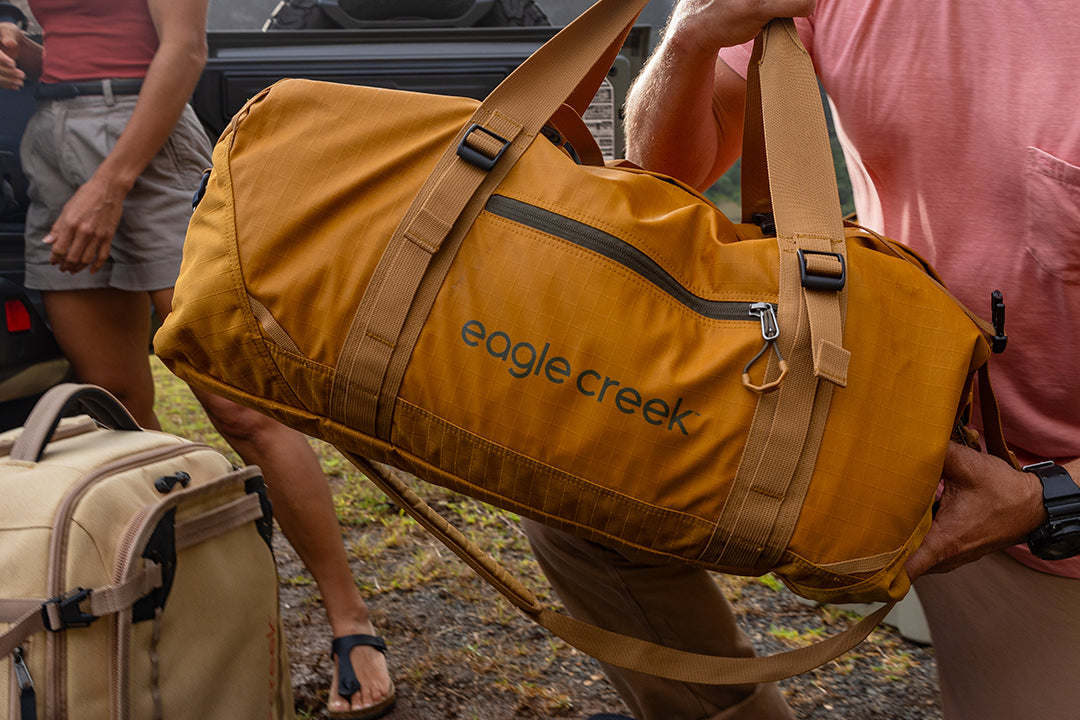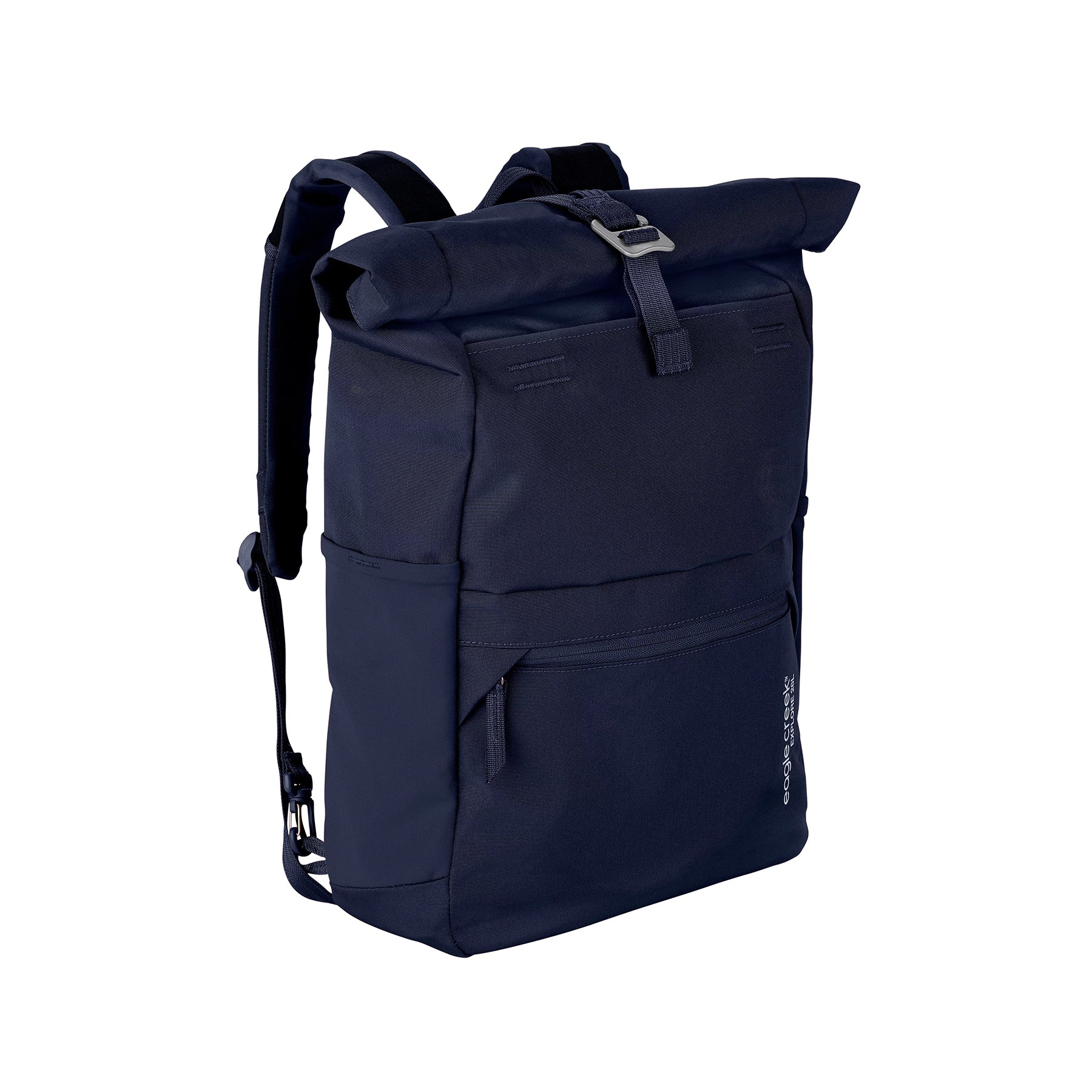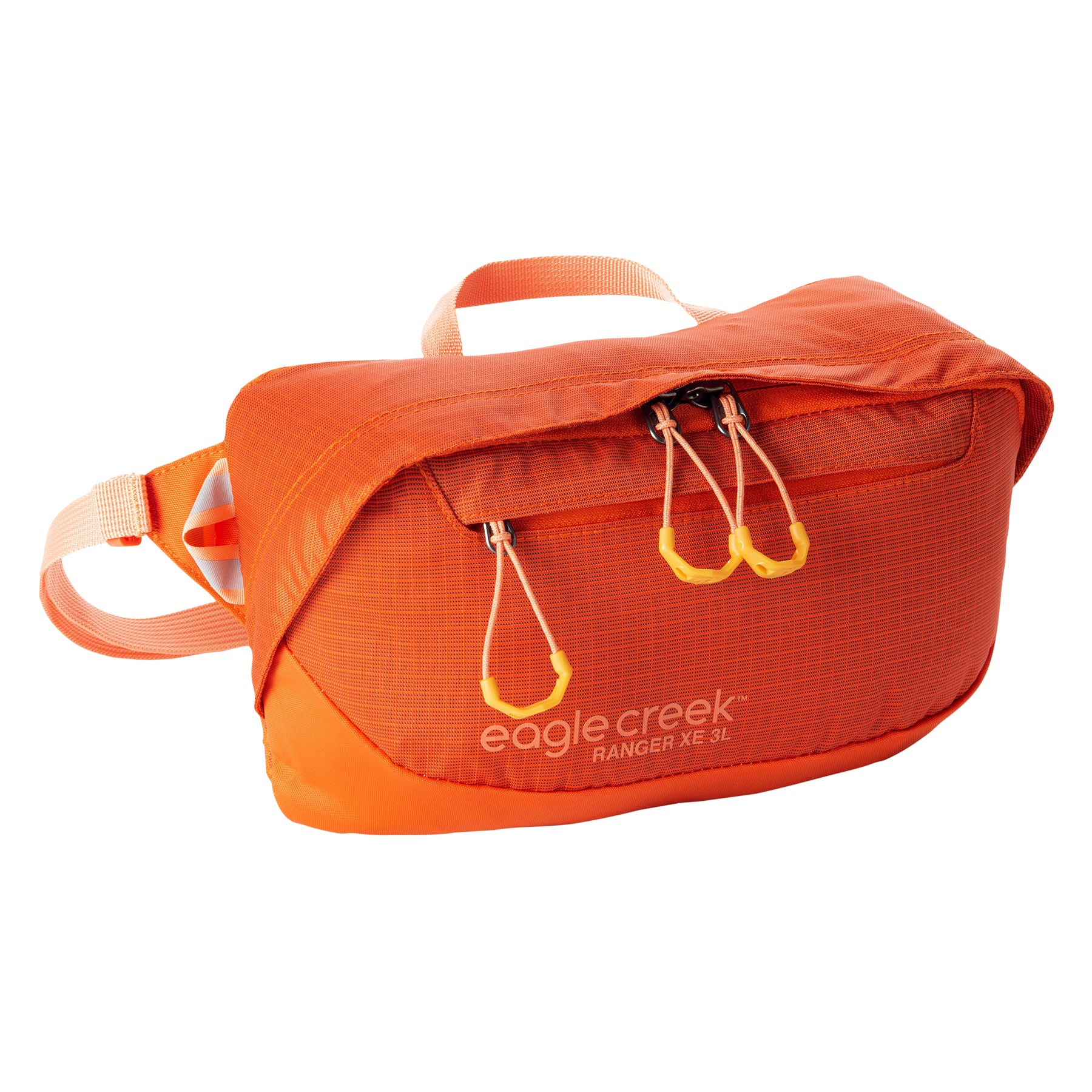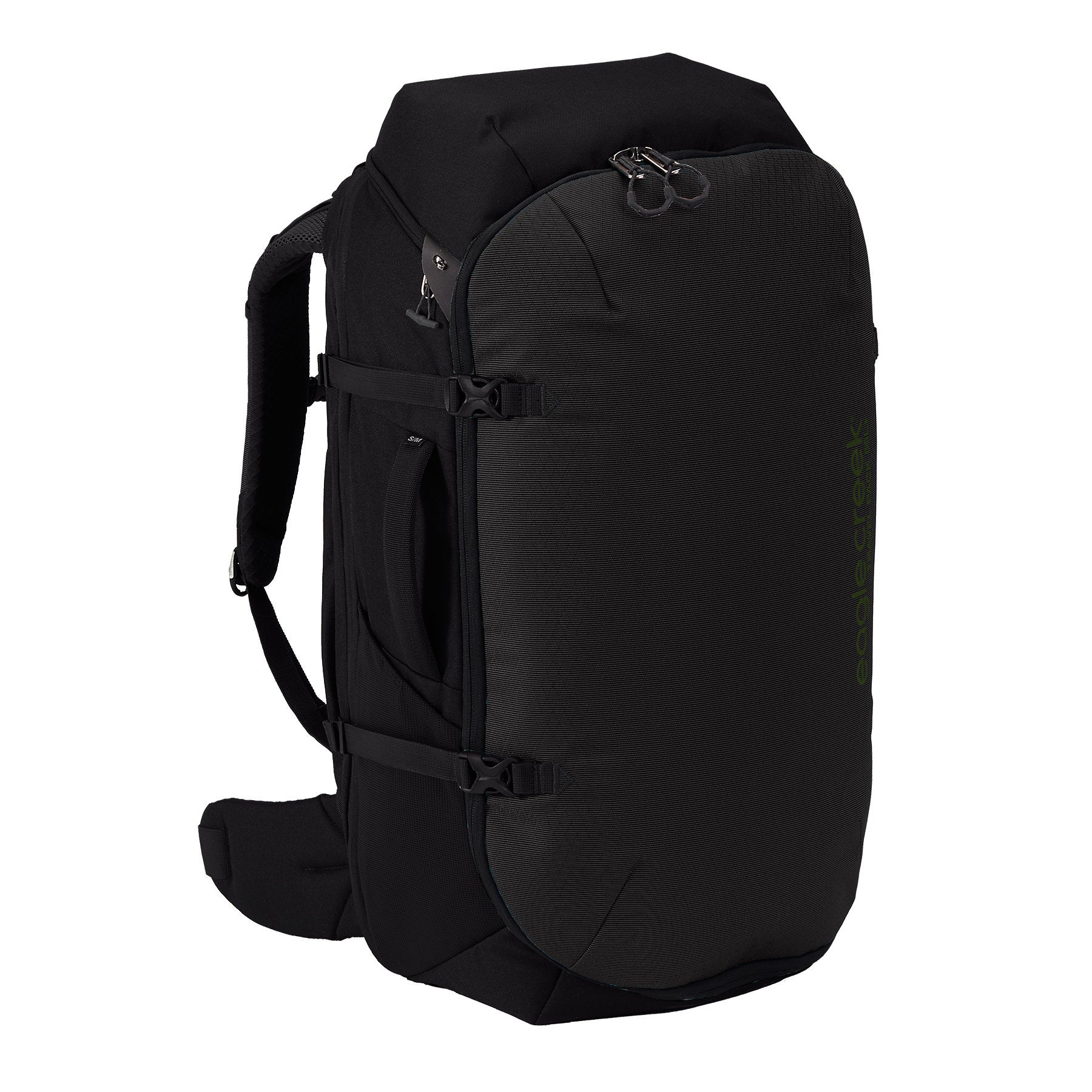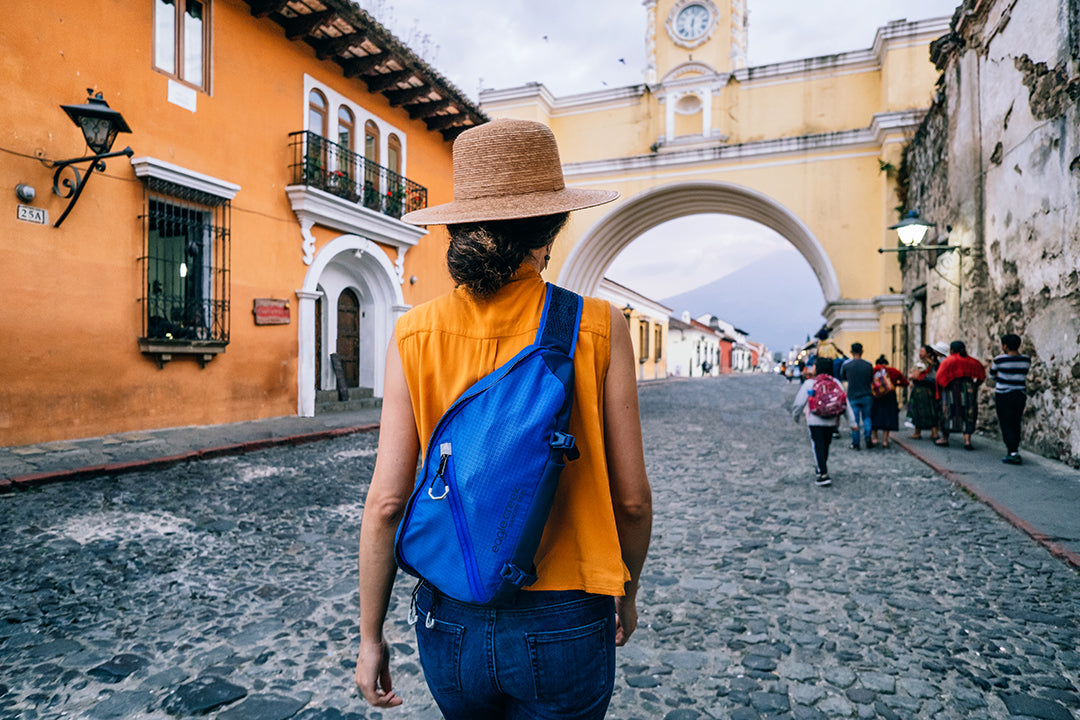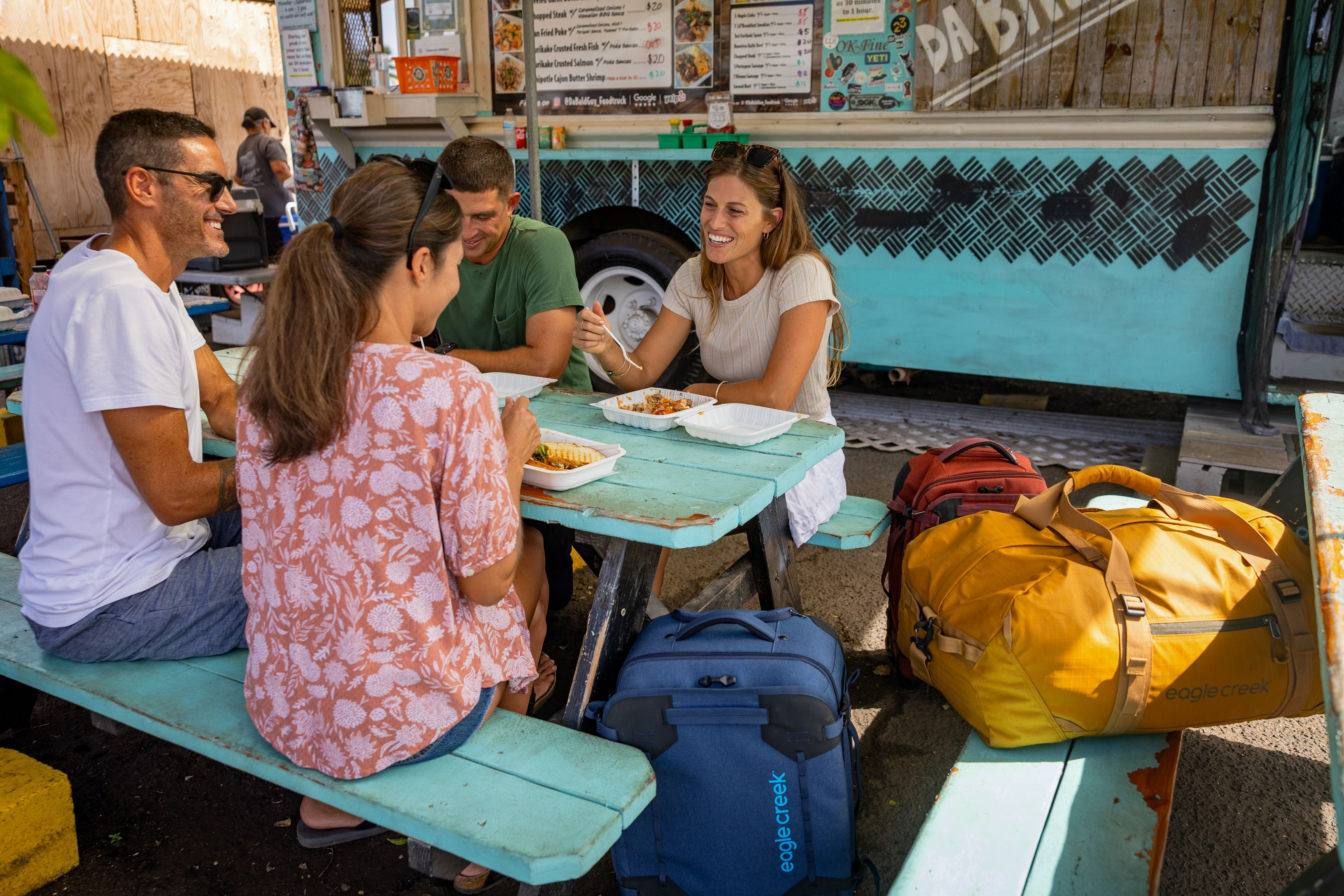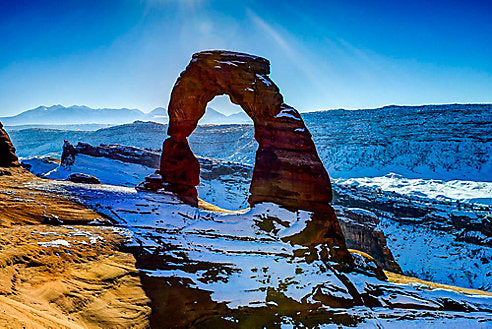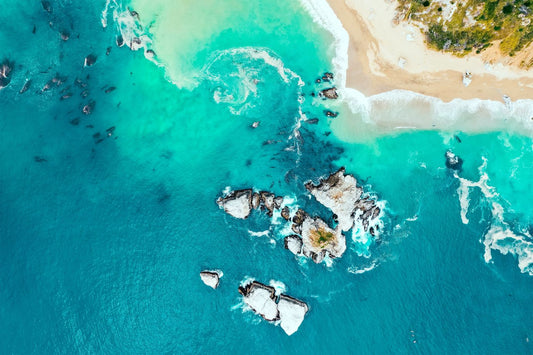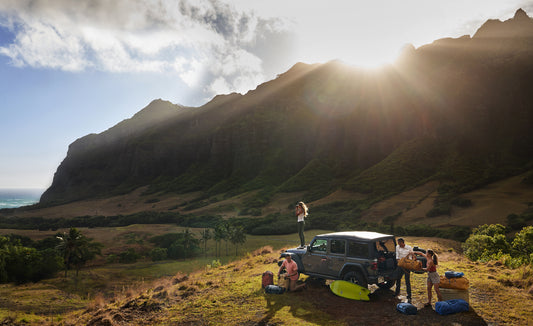The summer months may be high season for America's national parks, but experienced travelers understand that visiting during shoulder season can mean better scenery, more active wildlife, and less-crowded park roads.
Every summer, road trips and family vacations bring millions of visitors to America's national parks. If you're looking for less-crowded park roads, more active wildlife, and more affordable activities, though, you might want to consider waiting until fall—or even winter—to visit. Here's why savvy travelers often plan their U.S. national park vacations during the offseason.
Smaller Crowds
National parks are more popular than ever, and large crowds abound during the peak summer months when kids are out of school and families plan their vacations. But during the shoulder season of September and October, when the temperatures cool and school resumes, the crowds dissipate big time.
Yellowstone, for instance, sees more than a quarter-million vehicles enter its gates each month from June through August, but that number drops substantially in September, and plummets to about 90,000 in October, according to the National Park Service. The result? The same hiking trails and scenic viewpoints that feel uncomfortably crowded in July (when you’ll also have to scramble to find a parking spot) can offer solitude in the fall.
Colorful Scenery
In many parks, from Alaska's Denali all the way to Maine's Acadia, the autumn chill brings with it gorgeous fall foliage—and the colorful forests are an added offseason bonus that enhances the already unforgettable scenery. Montana's Glacier National Park looks completely different in September, with the orange and yellow glow of its trees, than it does during the summer months.
Depending on your comfort level with cold weather, it might even be worth it to wait until the winter, when you can have a unique, winter wonderland-esque experience. Imagine seeing a layer of snow on the rock formations in Utah's Arches and Canyonlands National Parks, or taking an invigorating winter hike with a water-resistant Gear Hauler on some of the most popular Great Smoky Mountains trails.
Lower Costs
Hotels and tour operators need to make money during the offseason, which generally means enticing travelers with good deals. For you, that means you can likely find lodging, activities, and excursions for a fraction of the high-season prices. For example, my recent searches revealed that winter prices at the Majestic Yosemite Hotel were about 10 to 20 percent lower than summer rates for the same rooms. Although this isn’t universally true for all parks, with a little research, you have a good chance of saving some dough on your offseason trip.
More Wildlife
Wildlife is a big draw for many American national parks, and the fall months offer even more viewing opportunities than summer. Large animals, like bears and wolves, spend more time feeding in the fall to fatten up before winter, so visitors are more likely to see them out and about. Bears can be active as many as 18 hours a day during this time, as they seek food in advance of hibernation. Elk and moose are also commonly seen in autumn, which is when they tend to gather during mating season.
Now, the only question that remains is: Which parks are you going to visit?
Related links (from Eagle Creek's blog):
What to Pack When Heading to a National Park
